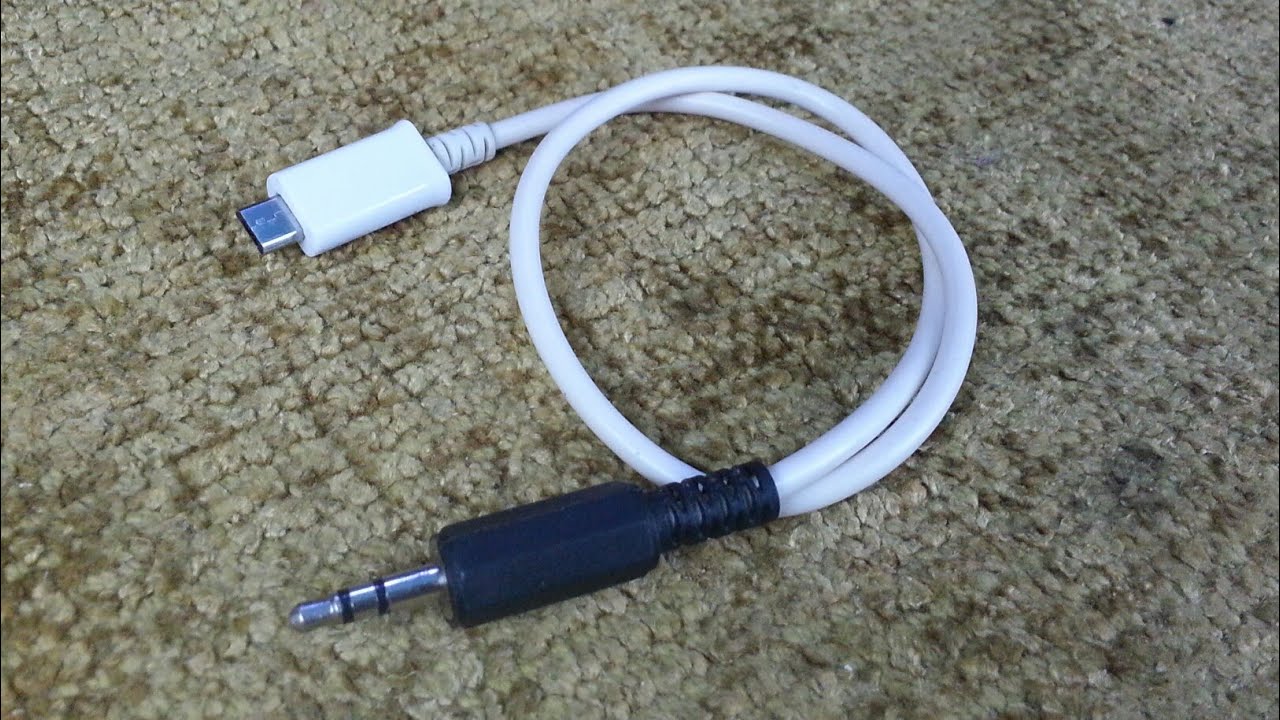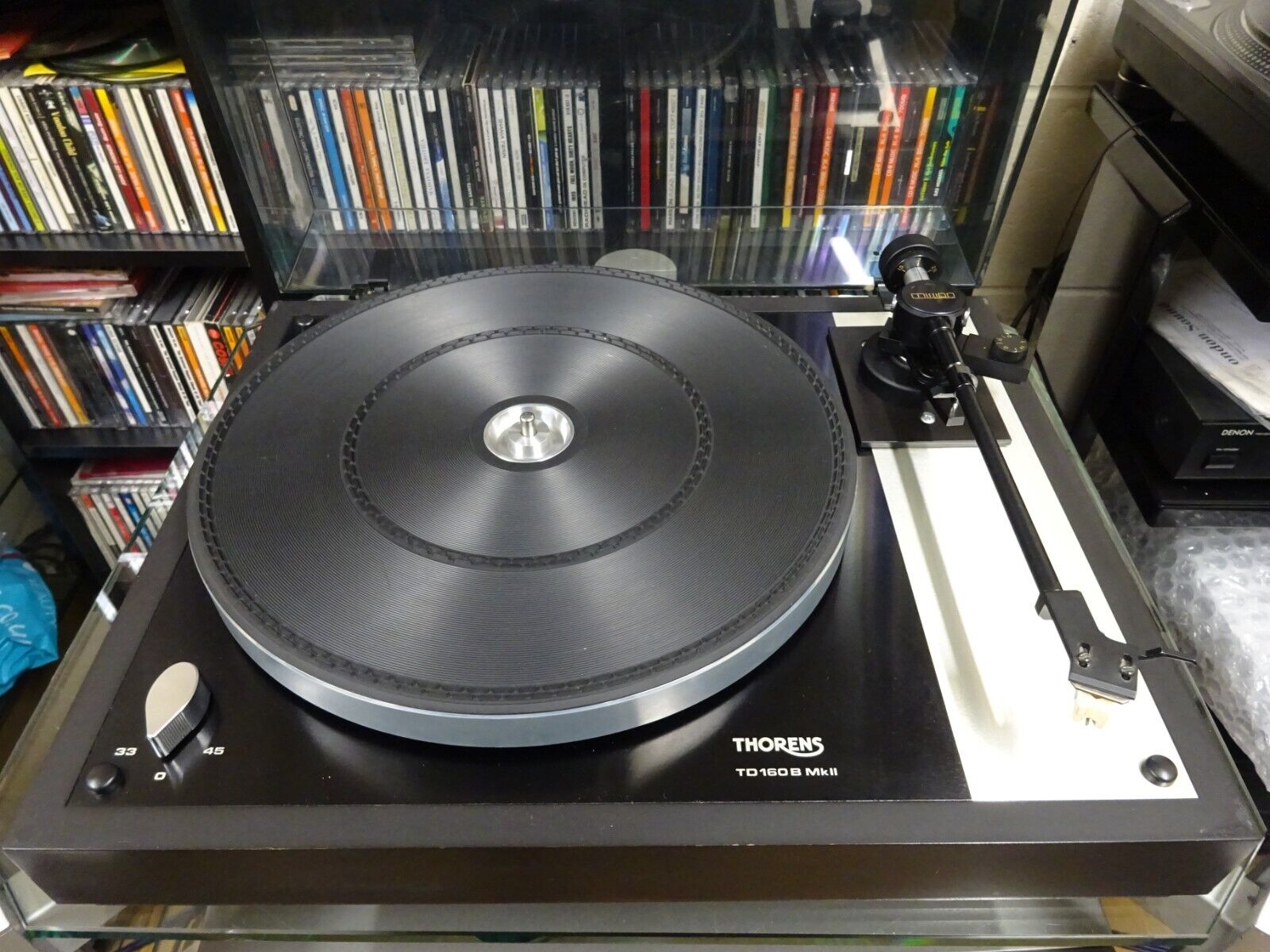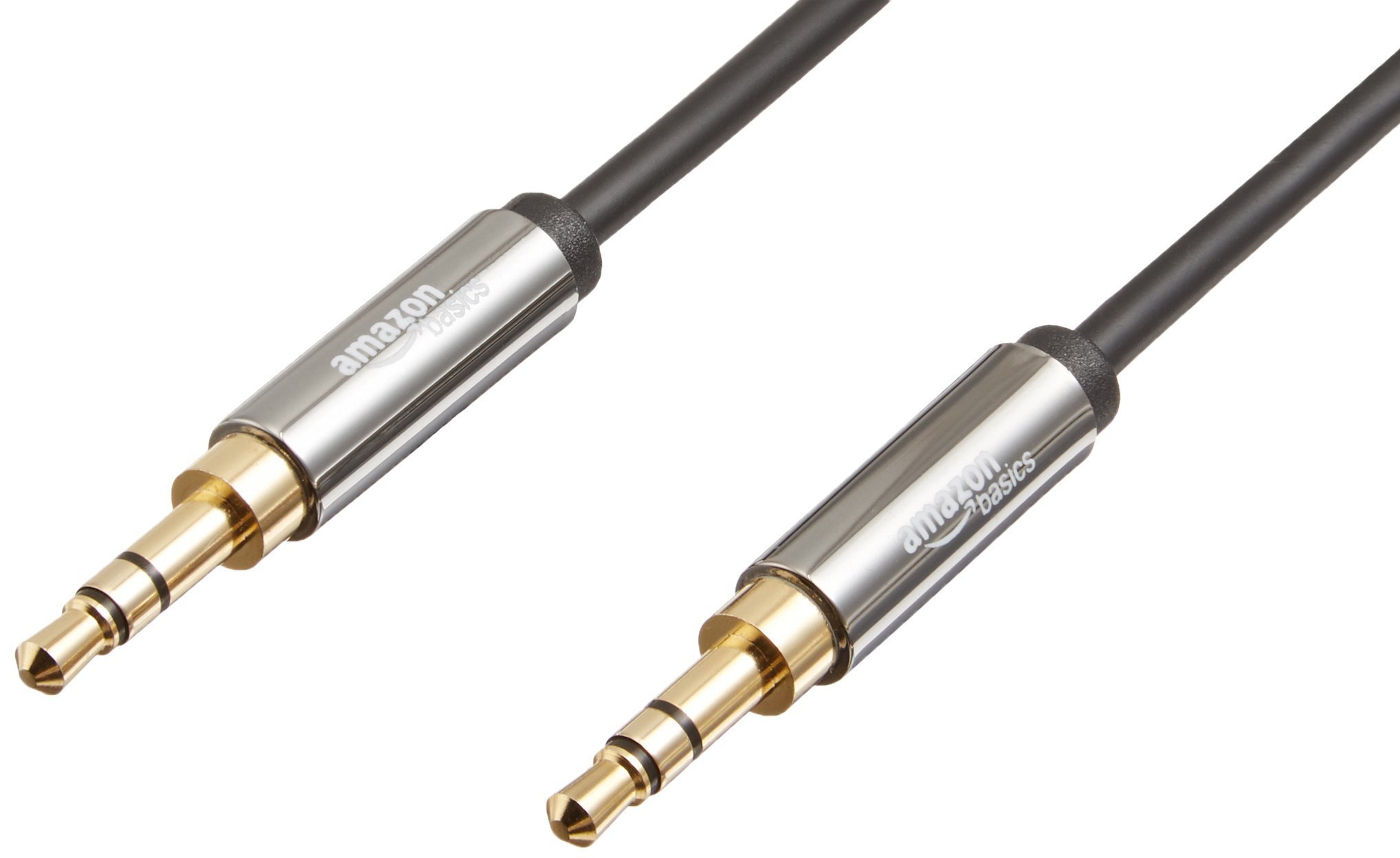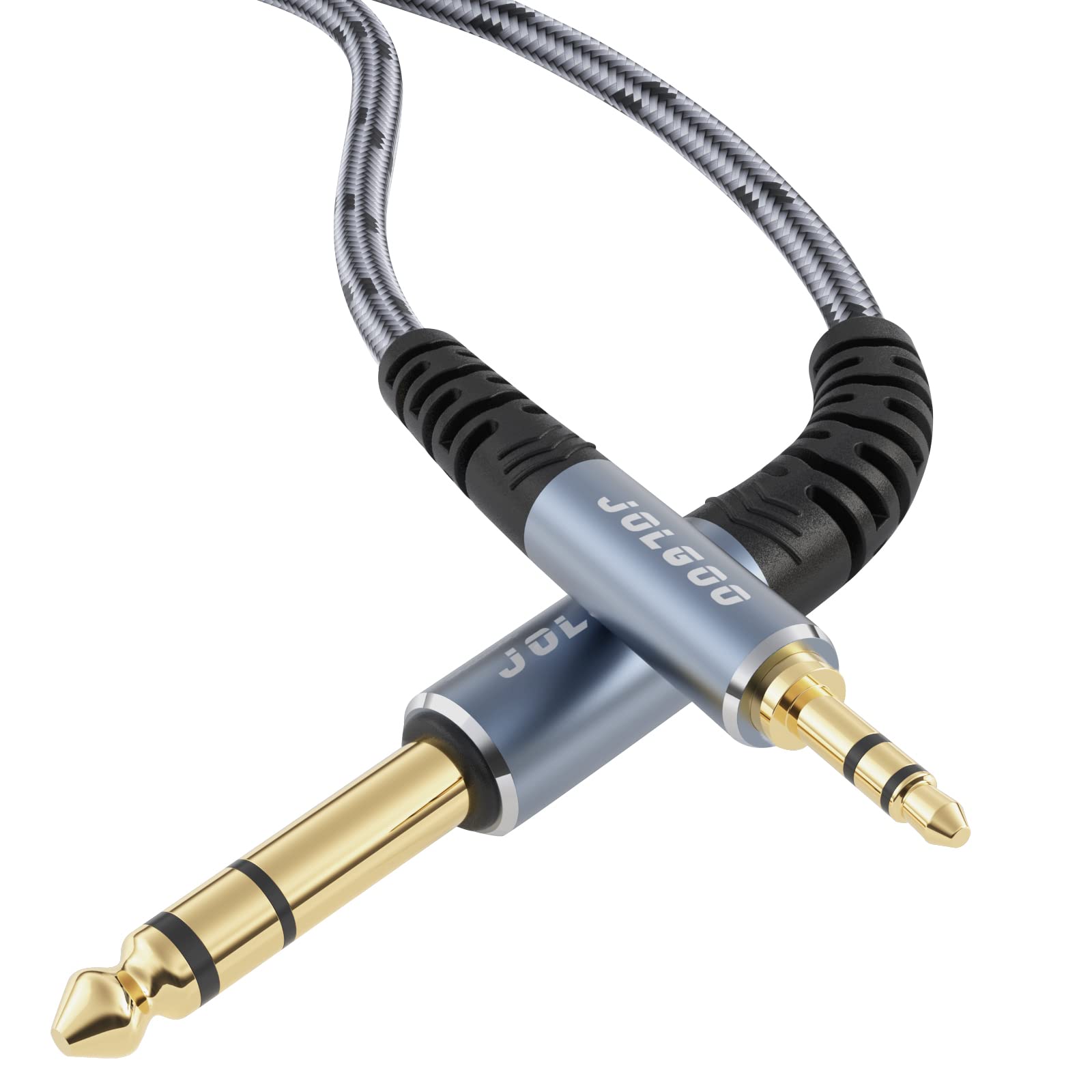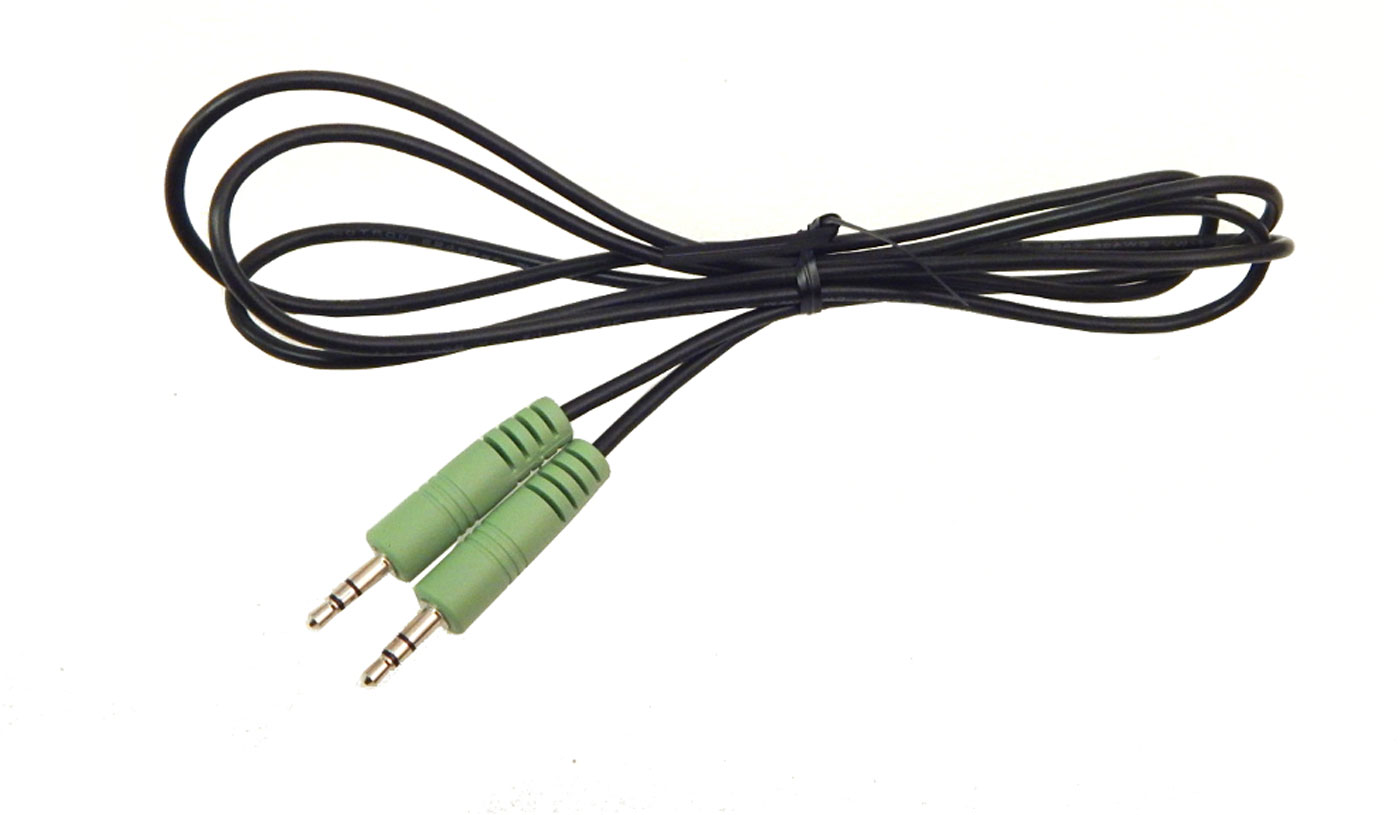Home>Production & Technology>Audio Cable>What Is A 3.5 Mm Audio Cable
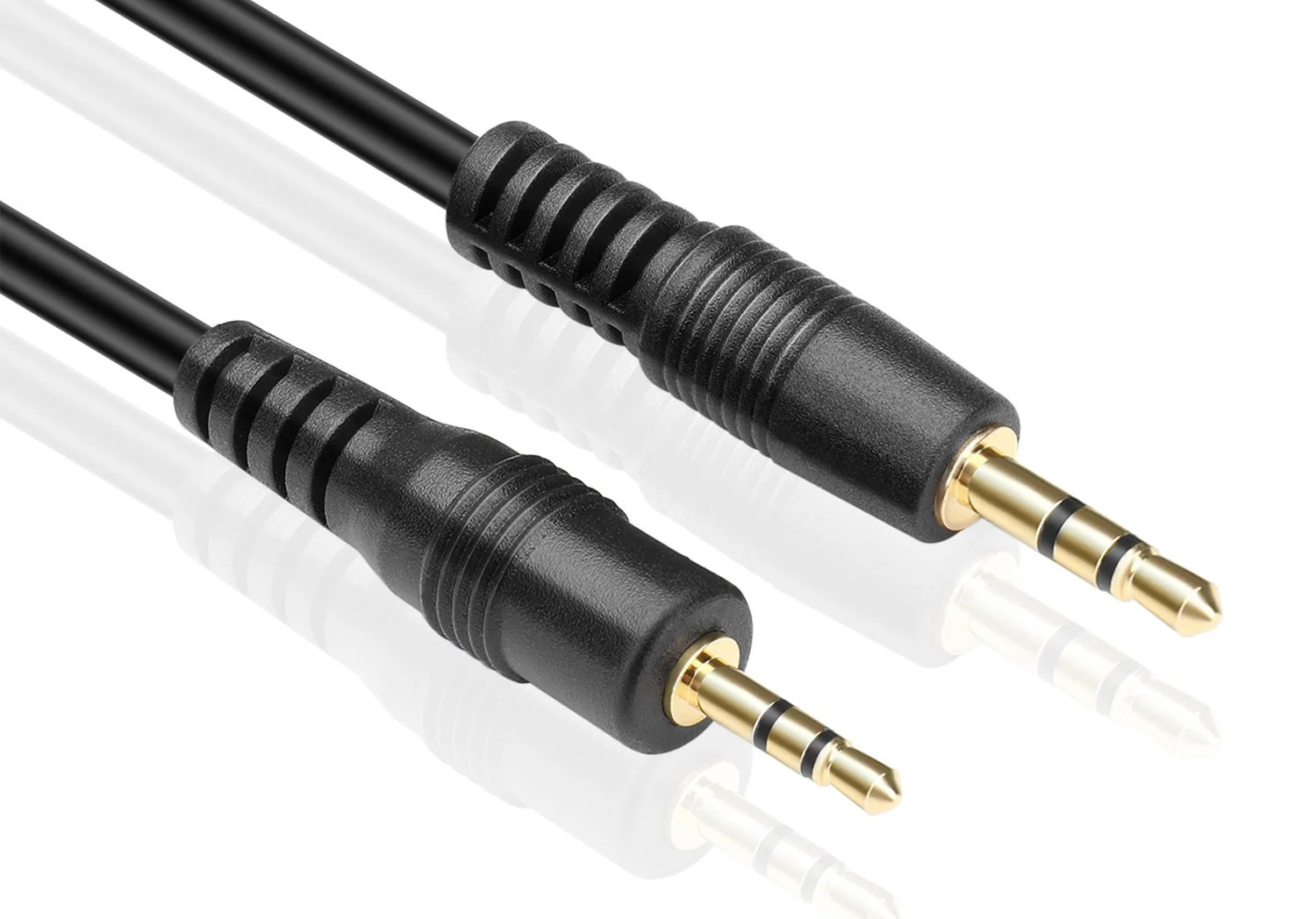

Audio Cable
What Is A 3.5 Mm Audio Cable
Modified: January 22, 2024
Looking for information on what a 3.5mm audio cable is? Discover the importance and uses of audio cables in various devices. Find out more!
(Many of the links in this article redirect to a specific reviewed product. Your purchase of these products through affiliate links helps to generate commission for AudioLover.com, at no extra cost. Learn more)
Table of Contents
Introduction
In the world of audio technology, a 3.5 mm audio cable is a ubiquitous and essential component. You’ve probably encountered one countless times without even realizing it. Whether you’re plugging in your headphones to listen to music on your smartphone, connecting speakers to your laptop, or hooking up a guitar to an amplifier, chances are you’re using a 3.5 mm audio cable.
Also known as a mini jack or aux cable, a 3.5 mm audio cable is a cable with a 3.5 mm (1/8 inch) plug on both ends. One end is typically connected to a device, such as a smartphone, MP3 player, or audio output device, while the other end is connected to speakers, headphones, or an audio input device. Its compact size, versatility, and wide compatibility make it the go-to cable for a variety of audio connections.
The popularity of the 3.5 mm audio cable can be attributed to its adoption as a standard connector in audio equipment. It was initially developed for use in telephone switchboards in the late 19th century, and later became widely used in consumer audio devices. Today, it can be found in smartphones, laptops, tablets, gaming consoles, portable audio players, and a plethora of other devices.
Despite the rise of wireless technologies like Bluetooth, the 3.5 mm audio cable remains a popular choice for audio connections due to its reliability, affordability, and universal compatibility. While wireless options offer convenience, they often come with trade-offs such as latency, lower audio quality, and the need to recharge batteries. With a 3.5 mm audio cable, you can enjoy high-quality audio without worrying about connectivity issues or battery life.
In the following sections, we will delve deeper into how a 3.5 mm audio cable works, the different types available, common uses, advantages and disadvantages, and essential tips for choosing and using this versatile cable. So, grab your headphones and let’s explore the world of 3.5 mm audio cables!
What is a 3.5 mm Audio Cable?
A 3.5 mm audio cable, also known as a mini jack or aux cable, is a type of audio connector that allows you to transfer audio signals between devices. It consists of a cable with a 3.5 mm (1/8 inch) stereo plug on both ends. One end of the cable is usually connected to an audio output device, such as a smartphone, tablet, or laptop, while the other end is connected to headphones, speakers, or an audio input device.
The 3.5 mm audio cable is widely used due to its small size, simplicity, and versatility. It is the standard audio connection for a wide range of devices, including smartphones, MP3 players, computers, gaming consoles, car stereos, and home audio systems. One of its key advantages is its wide compatibility, allowing it to be used across various brands and models of devices.
The 3.5 mm audio cable is an analog connection, meaning it carries audio signals as electrical voltage variations. This analog audio signal is transmitted through metal connectors within the cable, ensuring the accurate reproduction of sound from the audio source to the output device.
It is important to note that the 3.5 mm audio cable is a stereo connector, which means it carries two audio channels for left and right audio. This provides a more immersive and accurate sound experience when connected to headphones or speakers that support stereo audio output.
In addition to stereo audio, the 3.5 mm audio cable can also support other audio formats such as mono, which is used for voice recordings or older audio devices. Some cables may also feature additional conductors, allowing for the transmission of microphone signals for two-way communication or control signals for certain devices.
The 3.5 mm audio cable has become a near-universal standard in the audio industry, offering a simple and efficient way to connect audio devices. It is widely available, affordable, and easy to use, making it a go-to option for many audio enthusiasts, professionals, and casual users alike. Its durability and reliability have contributed to its enduring popularity despite the advancements in wireless audio technologies.
How does a 3.5 mm Audio Cable Work?
The 3.5 mm audio cable works by transferring analog audio signals from one device to another. It accomplishes this through a combination of electrical connections and conductors within the cable.
At each end of the cable, you will find a 3.5 mm (1/8 inch) stereo plug. The plug consists of a metal tip, a ring, and a sleeve. The tip carries the left audio channel, the ring carries the right audio channel, and the sleeve acts as the ground connection. When the plug is inserted into the corresponding audio jack, these metal contacts make electrical connections with the corresponding contacts in the jack.
Inside the cable, there are multiple conductors made of metal, usually copper. These conductors are insulated from each other to prevent signal interference. Each conductor carries the electrical audio signal from one end of the cable to the other. For stereo audio, there are typically two conductors, one for the left channel and one for the right channel.
The audio signal travels through these conductors as variations in electrical voltage. When you play audio on a device connected to one end of the cable, the electrical signal generated by the audio source causes small changes in voltage along the conductors. These voltage variations are then carried through the cable to the receiving end, where they are converted back into sound waves by the connected headphones, speakers, or audio input device.
It’s important to note that the 3.5 mm audio cable is an analog connection, meaning it transmits audio signals as continuous electrical voltages. This differs from digital connections, which convert audio into binary data (ones and zeros). Analog connections are still widely used due to their simplicity, compatibility, and ability to transmit high-quality audio signals.
In summary, the 3.5 mm audio cable functions by establishing electrical connections between devices and using conductors to carry the analog audio signal from the source to the output device. Its simple yet effective design allows for the transmission of audio signals with high fidelity, making it a popular choice for audio connections in various devices and settings.
Different Types of 3.5 mm Audio Cables
While the basic functionality of a 3.5 mm audio cable remains the same, there are several variations and types available to suit different audio needs and device compatibility. Here are some of the different types of 3.5 mm audio cables you may come across:
- Standard 3.5 mm Audio Cable: This is the most common type of 3.5 mm audio cable, featuring a stereo plug on both ends. It is used for general audio connections, such as connecting headphones to a smartphone or plugging speakers into a laptop.
- TRS (Tip-Ring-Sleeve) Cable: TRS cables, also known as balanced cables, have an additional ring contact. They are commonly used for audio devices that support balanced audio connections, which can help reduce noise and interference.
- TRS to Dual RCA Cable: This cable is often used to connect audio devices with RCA outputs, such as audio interfaces or DVD players, to devices with a 3.5 mm input, like amplifiers or sound systems. The TRS end plugs into the 3.5 mm jack, while the RCA ends connect to the left and right audio channels.
- TRS to XLR Cable: XLR connectors are commonly used in professional audio settings. A TRS to XLR cable is used to connect devices with a 3.5 mm output, such as mixers or audio interfaces, to devices with XLR inputs, such as microphones or powered speakers.
- TRRS (Tip-Ring-Ring-Sleeve) Cable: TRRS cables are used for audio and microphone connections in devices that support a combined audio and microphone input with a single 3.5 mm jack. They are commonly used with smartphones, tablets, and gaming consoles that have a TRRS-compatible headset jack.
- Inline Control Cable: This type of cable includes an inline control module that allows you to adjust volume, play/pause music, and answer calls without having to physically interact with the audio source. They are commonly used with headphones or earphones.
It’s important to ensure that you choose the right type of 3.5 mm audio cable for your specific needs and device compatibility. Additionally, consider the length and quality of the cable to ensure optimal audio performance and durability.
By understanding the different types of 3.5 mm audio cables available, you can make informed decisions when purchasing or using them for your audio connections. Whether you need a standard cable, a TRS or TRRS cable, or a specialized cable for professional audio equipment, there is a 3.5 mm audio cable to meet your requirements.
Common Uses of 3.5 mm Audio Cables
The versatility and wide compatibility of 3.5 mm audio cables make them useful in a variety of audio-related scenarios. Here are some common uses of 3.5 mm audio cables:
- Listening to Music: One of the most common uses of 3.5 mm audio cables is for listening to music. Whether you’re connecting your headphones to a smartphone, MP3 player, or computer, a 3.5 mm audio cable delivers high-quality audio directly to your ears.
- Connecting Speakers: 3.5 mm audio cables are also commonly used to connect speakers to audio devices. Whether it’s a pair of computer speakers, portable Bluetooth speakers, or a home theater system, a 3.5 mm audio cable allows you to enjoy your favorite music or movies with immersive sound.
- Car Audio: Many car stereos have a 3.5 mm auxiliary input jack, allowing you to connect your smartphone or portable music player directly to the vehicle’s sound system. This enables you to enjoy your music library or stream audio from apps while driving.
- Gaming: Gaming consoles, such as PlayStation and Xbox, often have a 3.5 mm audio jack for connecting gaming headsets or headphones. This allows gamers to communicate with teammates, experience immersive sound effects, and enjoy the full gaming experience.
- Audio Recording: 3.5 mm audio cables are used to connect microphones to audio interfaces or recording devices. This is common in home studios or professional recording setups, where musicians and content creators record vocals or instruments.
- Connecting Audio Devices: Whether it’s connecting an audio output device to an input device, such as connecting a smartphone to a car’s audio system, or connecting an audio source to external speakers, 3.5 mm audio cables serve as a reliable and universal choice for audio connections.
These are just a few examples of the common uses of 3.5 mm audio cables. Their versatility, affordability, and wide availability have made them a staple in the audio industry, catering to a wide range of audio-related needs and devices. Next time you connect your headphones or speakers, you can appreciate the convenience of the trusty 3.5 mm audio cable.
Advantages and Disadvantages of 3.5 mm Audio Cables
3.5 mm audio cables offer a range of advantages and have become a popular choice for audio connections. However, they also have some limitations and drawbacks. Let’s explore the advantages and disadvantages of 3.5 mm audio cables:
Advantages:
- Wide Compatibility: One significant advantage of 3.5 mm audio cables is their universal compatibility. They can be used with a wide range of devices, including smartphones, MP3 players, computers, gaming consoles, and car stereos.
- Reliability: Unlike wireless audio connections, which can suffer from interference or connectivity issues, 3.5 mm audio cables provide a reliable and uninterrupted audio signal. They ensure stable and consistent audio performance without the need for batteries or recharging.
- High-Quality Audio: 3.5 mm audio cables transmit analog audio signals, allowing for high-quality sound reproduction. Unlike compressed or streamed audio, which can result in loss of audio quality, 3.5 mm audio cables deliver audio directly from the source device to the output device with minimal signal degradation.
- Affordability: 3.5 mm audio cables are widely available and relatively inexpensive. They offer a cost-effective solution for audio connections, especially when compared to wireless alternatives or proprietary audio cables.
- Simple and Easy to Use: Connecting a 3.5 mm audio cable is straightforward and requires no complex setup or configuration. Simply plug one end into the audio source device and the other end into the output device, and you’re ready to enjoy your audio.
Disadvantages:
- Limited Range: 3.5 mm audio cables have a physical limitation in terms of length, typically ranging from a few inches to a few feet. This can restrict the distance between the audio source and the output device, making them less suitable for situations that require long-distance audio connections.
- Physical Connectivity: While the physical connection offered by 3.5 mm audio cables can be an advantage in terms of reliability, it can also be seen as a limitation. The cables can become tangled or damaged, and the plugs and jacks may wear out over time, requiring replacement or repair.
- Noisy Environments: In environments with significant background noise or electromagnetic interference, the analog signal transmitted through 3.5 mm audio cables can be prone to picking up unwanted noise or distortion. This can impact the audio quality, especially in sensitive applications like professional audio recording.
Despite these limitations, the advantages of 3.5 mm audio cables, such as wide compatibility, reliability, and high-quality audio transmission, outweigh their drawbacks for many audio enthusiasts, professionals, and everyday users. They remain a popular choice for audio connections due to their simplicity, affordability, and widespread adoption in a variety of devices.
Tips for Choosing and Using a 3.5 mm Audio Cable
When it comes to choosing and using a 3.5 mm audio cable, there are a few considerations that can help you make the best choice and ensure optimal performance. Here are some tips to help you:
- Consider Cable Length: Determine the desired length of the audio cable based on your specific needs. If you plan to connect devices that are in close proximity, a shorter cable may be sufficient. For connections that require more distance, select a cable with a longer length. Keep in mind that excessively long cables can potentially introduce signal degradation.
- Check Cable Quality: Look for cables made with high-quality materials and good build construction. High-quality cables are more durable and less prone to signal loss or interference. Look for cables with good shielding, which helps reduce electromagnetic interference and improves audio quality.
- Consider Cable Type: Depending on your specific use case, consider the type of 3.5 mm audio cable you need. Whether it’s a standard stereo cable, TRS cable, TRRS cable, or a specialized cable for specific audio devices, ensure it matches your requirements and device compatibility.
- Verify Plug Compatibility: Check the plug type of the audio cable to ensure it matches the devices you plan to connect. While most devices feature a standard 3.5 mm audio jack, some may have different-sized jacks or require adapters for compatibility.
- Store and Handle with Care: Properly store and handle the audio cable to prevent damage or tangling. Avoid bending or pulling on the cable when inserting or removing plugs, and keep it away from sharp objects or excessive heat.
- Test and Troubleshoot: If you experience any audio issues or connectivity problems, first check the cable for any signs of damage. Try using the cable with different devices and ensure the plugs are fully inserted into the jacks. Additionally, test the audio output and ensure the connected devices are set up correctly.
- Consider Cable Management: Using cable management solutions, such as cable clips or organizers, can help keep the audio cable neat and organized. This helps prevent tangles and makes it easier to store and transport the cable when not in use.
By following these tips, you can select a suitable 3.5 mm audio cable and ensure its proper use. This will help you achieve optimal audio performance, prolong the lifespan of the cable, and enhance your overall audio experience.
Conclusion
As we conclude our exploration of 3.5 mm audio cables, we can appreciate their significance in the world of audio connectivity. These compact yet versatile cables provide a reliable and universal solution for connecting audio devices, allowing us to enjoy high-quality sound directly from our favorite audio sources.
With their wide compatibility, affordability, and ease of use, 3.5 mm audio cables have become a staple in various scenarios. Whether you’re listening to music on your headphones, connecting speakers to your computer, or using a microphone for audio recording, 3.5 mm audio cables consistently deliver the audio signal with fidelity and reliability.
While wireless audio technologies continue to evolve, the advantages of 3.5 mm audio cables such as their simplicity, universal compatibility, and consistent audio quality remain unmatched. They provide a stable and uninterrupted connection without the need for batteries or worrying about latency issues.
It is important to consider factors such as cable length, quality, and compatibility when choosing a 3.5 mm audio cable, ensuring it meets your specific needs. Additionally, proper handling, storage, and troubleshooting can help prolong the lifespan and optimize the performance of the cable.
In a world that constantly embraces technological advancements, the 3.5 mm audio cable has stood the test of time, maintaining its relevance and usefulness in numerous audio applications. Its simplicity and reliability make it a trusted companion for audio enthusiasts, professionals, and casual users alike.
So the next time you connect your headphones, plug in your speakers, or hook up your audio devices, take a moment to appreciate the humble 3.5 mm audio cable – a small but vital piece that allows us to immerse ourselves in the world of sound.

